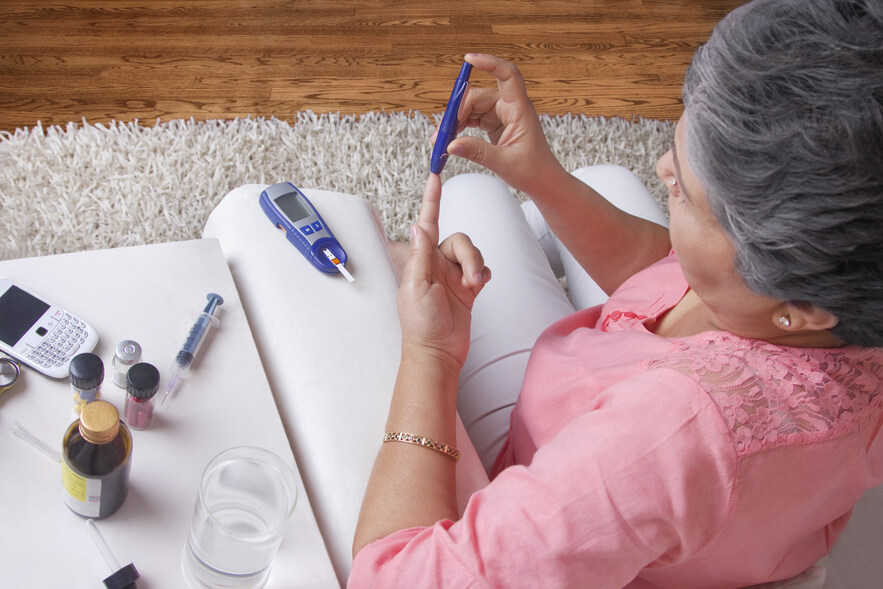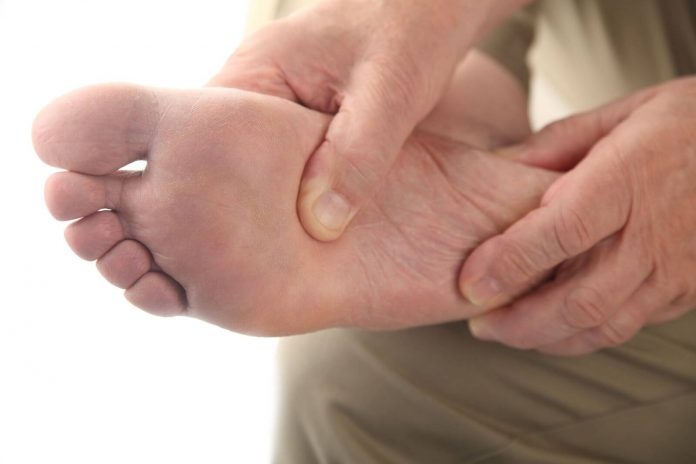It is one of the most serious complications of diabetes. If not given enough attention, it can lead to amputation of the lower limbs.
Diabetes is a metabolic disease that requires strict control of blood glucose levels. Otherwise, the diabetic patient is exposed to the appearance of multiple complications, ranging from diabetic retinopathy to peripheral neuropathies through skin disorders.
Also Read: Improve your health with these 10 nutritional tips
One of the most serious complications of this pathology is the so-called diabetic foot, a pathology that not only impairs the quality of life of patients, but can also trigger amputation of the lower extremities.
What is the diabetic foot
Diabetes is characterized by an excessively high level of blood glucose. When this hyperglycemia situation is persistent, vascular problems begin to appear, characterized by poor blood supply and progressive deterioration of the blood vessel wall.
This vascular disease is associated with nerve involvement that is also associated with diabetes. Peripheral neuropathy results in a loss of sensation that makes it impossible to perceive bumps or chafing, which makes the patient more prone to not realizing that he has a wound or skin lesion to which he must lend special attention.
Patients with diabetes can develop ulcers after suffering a small blow or a minor a priori wound or these ulcers can also arise from friction or blisters that go unnoticed. Likewise, the alteration of the blood supply results in a greater dryness of the skin, a factor that favors the appearance of cracks or wounds.
Also Read: 5 habits to combat hair loss
The circulatory problems associated with diabetes make it difficult for wounds to heal. In this way, if the foot ulcers are not resolved satisfactorily, they can lead to amputation of the fingers or even the feet.

Prevent diabetic foot
- Keep blood glucose levels under control.
- Staying active to improve blood circulation. Massage your feet daily for the same purpose.
- Quit smoking, as smoking worsens vascular complications, especially those that affect the blood vessels of the feet.
- Check your feet every day and maintain scrupulous hygiene.
- Wash your feet daily with neutral soaps. Use warm water and do not soak your feet for more than five or six minutes. It is best not to use hard sponges or pumice.
- Dry your feet carefully with a soft towel, carefully drying the interdigital spaces well. If necessary, you can use a hair dryer.
- Hydrate the feet with specific creams to avoid the appearance of flaking and chafing with the footwear that could end up in an ulcer.
- Wear socks made of natural fabrics that absorb perspiration well to avoid having wet feet, a factor that favors maceration. Take care that the socks or stockings do not have stitching or hard decorations and that they are not too tight.
- Wear good quality footwear with no hard parts on the inside. It is preferable that they are flexible skin and not too tight. It is recommended to opt for shoes with wide and rounded toes that do not press the toes and in summer it is advisable not to wear sandals that leave the foot very exposed, since that makes them more vulnerable to blows and injuries.
- Be very careful when cutting your nails. Preferably use a nail clipper to leave them straight. Carefully file off any spikes to avoid sticking and wounding.
- Do not do a pedicure at home and do not try to remove calluses and corns with pumice, blades or callicides. Put yourself in the hands of a podiatrist to avoid skin injuries.
Specialists in the management of diabetes insist on the need to pay close attention to foot care, since patients can develop ulcers very easily.
Furthermore, these ulcers have a worse prognosis than in healthy patients, which considerably increases the risk of amputation. For this reason, they recommend that diabetics check their feet with a podiatrist on a regular basis to avoid the appearance of chafing, wounds or injuries that could become complicated.











